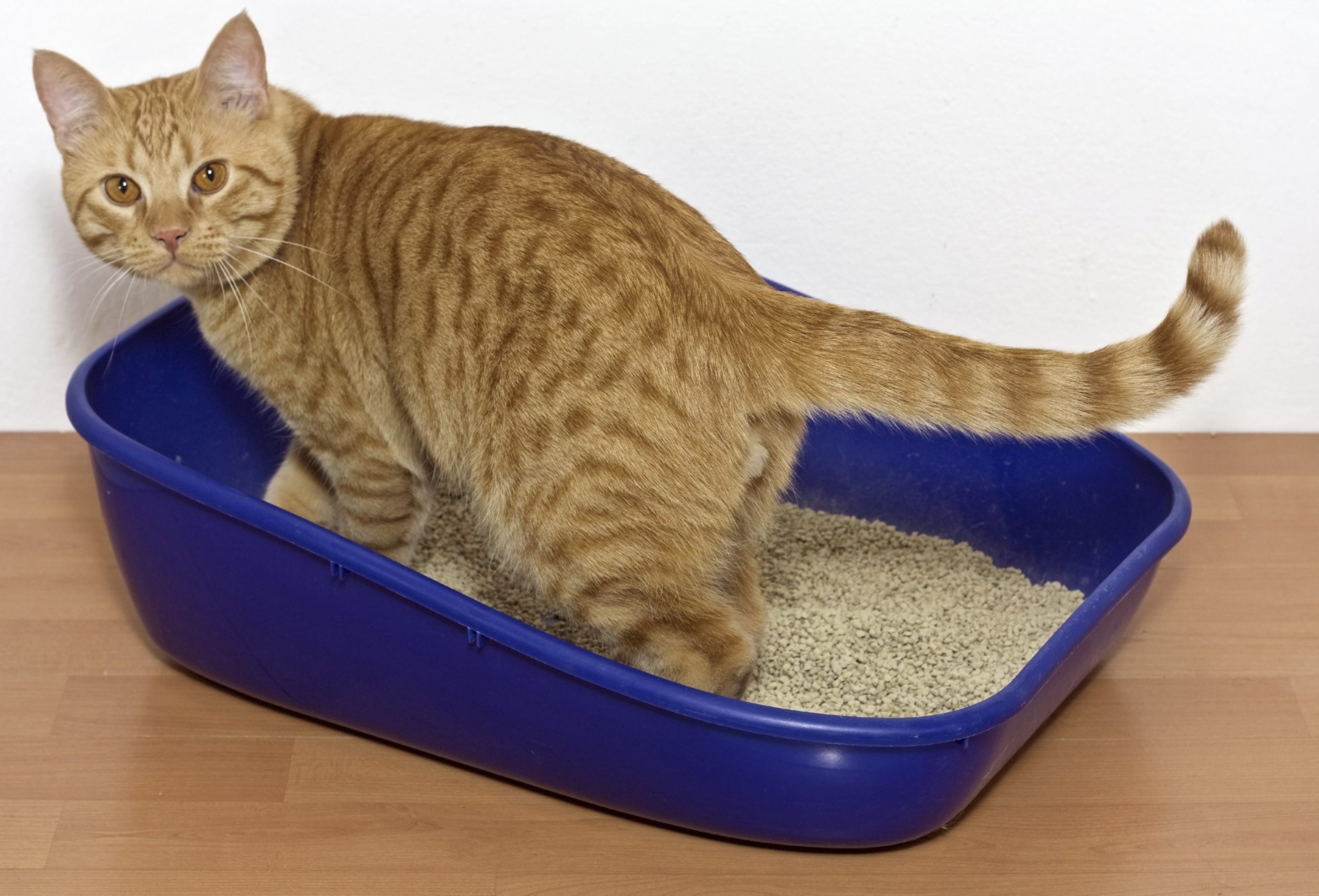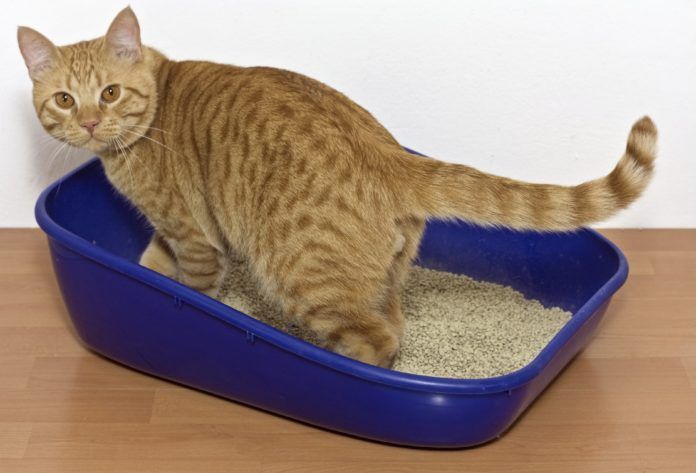Bladder stones are fairly common in cats — they are among the more common surgical problems we see in the urinary tract,” says John Berg, DVM, DACVS, Professor of Small Animal Surgery at the Cummings School of Veterinary Medicine at Tufts University. “We usually see them in middle-aged or older cats.” Bladder stones are rock-like deposits of minerals and organic material that can range in size from tiny pieces the size of grit or sand, to small pebbles several millimeters across. They are unrelated to gallstones, which are rare in cats.
The anatomy of the urinary tract of the cat is similar to that of a dog, or for that matter, a person. Urine is formed in the kidneys and carried to the bladder by two long tubes, the ureters. After being stored in the bladder, it is passed from the body via the urethra. “Stones can be in any of these locations, or in a combination of more than one location,” says Dr. Berg.
THINKSTOCK


Common symptoms
Where stones form usually determines the nature of symptoms that your cat may experience. These are as follows:
Bladder. “Your cat will show signs of an acute or chronic lower urinary tract problem,” explains Dr. Berg. “He or she will make frequent attempts to urinate, in small amounts, spending a lot of time in the litter box, maybe straining. There may be blood in the urine, and the urine may have a strong odor.” Stones in the bladder itself can occur in both male and female cats.
Urethra. “Urethral stones, below the bladder, are almost invariably found in male cats. These stones get stuck at the tip of the penis. The cats will experience even more straining, and in some cases may have a total inability to pass urine. Overall, the urethra is the most common site for stones in cats. In fact, the most common reason we discover bladder stones is that we always check the bladder with ultrasound or X-rays in cats with urethral obstruction, and find them that way.”
Upper urinary tract. “These cats have completely different signs. The urine isn’t passing down from the kidneys to the bladder — a stone or stones are blocking it. Now you have a sick cat, who’s not eating well or losing weight, but not necessarily straining to urinate.”
Diagnosis and treatment
If your cat is showing any of these signs, your vet may check for stones with a simple X-ray, which can detect larger stones. Ultrasound may be needed in order to find small stones.
If the stones are very small — “just grit or sand” — your cat may simply pass them on her own. If not, a surgery called a cystotomy may be necessary. “It’s a simple surgery,” says Dr. Berg. “We make an incision in the midline of the belly, and then an incision in the bladder, and take the stones out with a spoon-like instrument.” Many vets perform this kind of surgery — you don’t necessarily need to go to a veterinary surgeon. The vet will take a bacterial culture at the same time.
“When there are stones, the urine can become infected,” explains Dr. Berg. Cystotomies are most commonly performed in conjunction with treatment of urethral stones, which may involve a different surgery called a perineal urethrostomy, as well. Cats that need perineal urethrostomies are usually hospitalized for two to three days after surgery.
However, if your cat has a cystotomy alone — and doesn’t require surgery for a urethral stone — he will go under anesthesia, and can come home either the same day or the next day. Complications are very rare. “It’s as easy as spaying a cat — maybe easier,” says Dr. Berg.
How to prevent stones
Your vet will also submit samples of the stones for analysis. There are two major types of stones: struvite and oxalate. Struvite stones are made of a combination of magnesium, ammonia and phosphate. Oxalate stones are composed of calcium oxalate.
Struvite stones form more readily when a cat’s urine is alkaline. That has led to the popularity of “acidifying” diets, which are often sold in supermarkets and pet stores to reduce the risk of stone formation. But there’s a downside to acidifying diets: They may actually increase the risk of cats developing oxalate stones.
“They’re marketed to prevent struvite stones, and they do, but in the last 10 or 20 years we’ve become aware that they may also increase the risk of calcium oxalate stones — although all of the necessary evidence is not in,” says Dr. Berg. “Calcium oxalate stones tend to form in acidic urine.”
While calcium oxalate stones used to be more rare than struvite stones, now about half of bladder stones are oxalates. That’s not a good thing. “Calcium oxalate stones are harder to treat than struvite stones,” says Dr. Berg. “They have a tendency to get stuck in the upper urinary tract, in the kidney or ureter. Struvites are usually in the bladder. While treatment of bladder stones is straightforward, stones in the upper urinary tract are much more complicated to treat. In addition, the reasons oxalate stones form are poorly understood, so they are more difficult to prevent through dietary adjustments.”
Bottom line: Don’t put your cat on an acidifying diet unless your veterinarian prescribes one. “Work with your vet,” says Dr. Berg. There is one simple way to reduce of risk of both types of stones, though. “Keep water intake up. That’s the main way to prevent bladder stones: Make sure your cat is drinking enough.” — Bob Barnett




